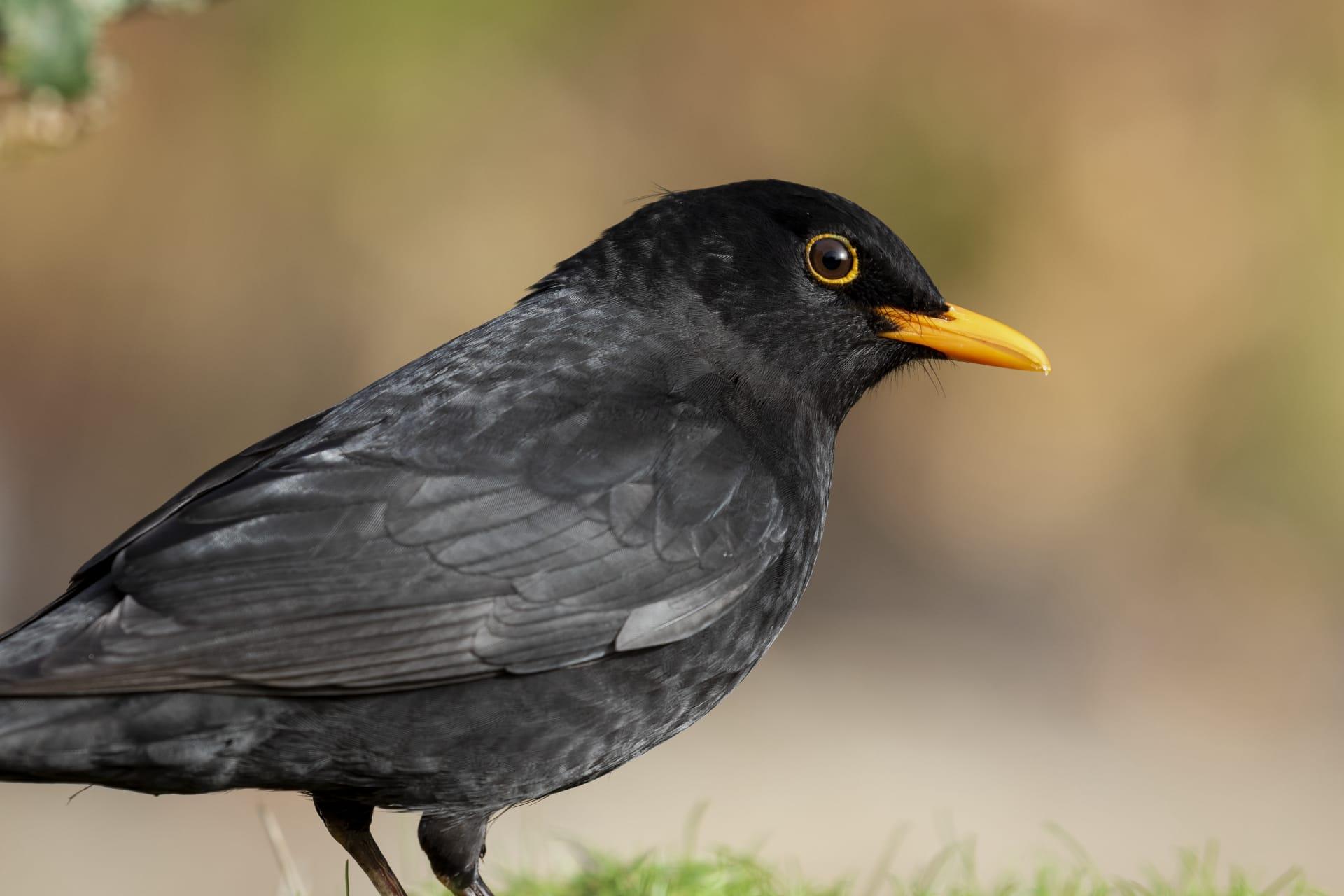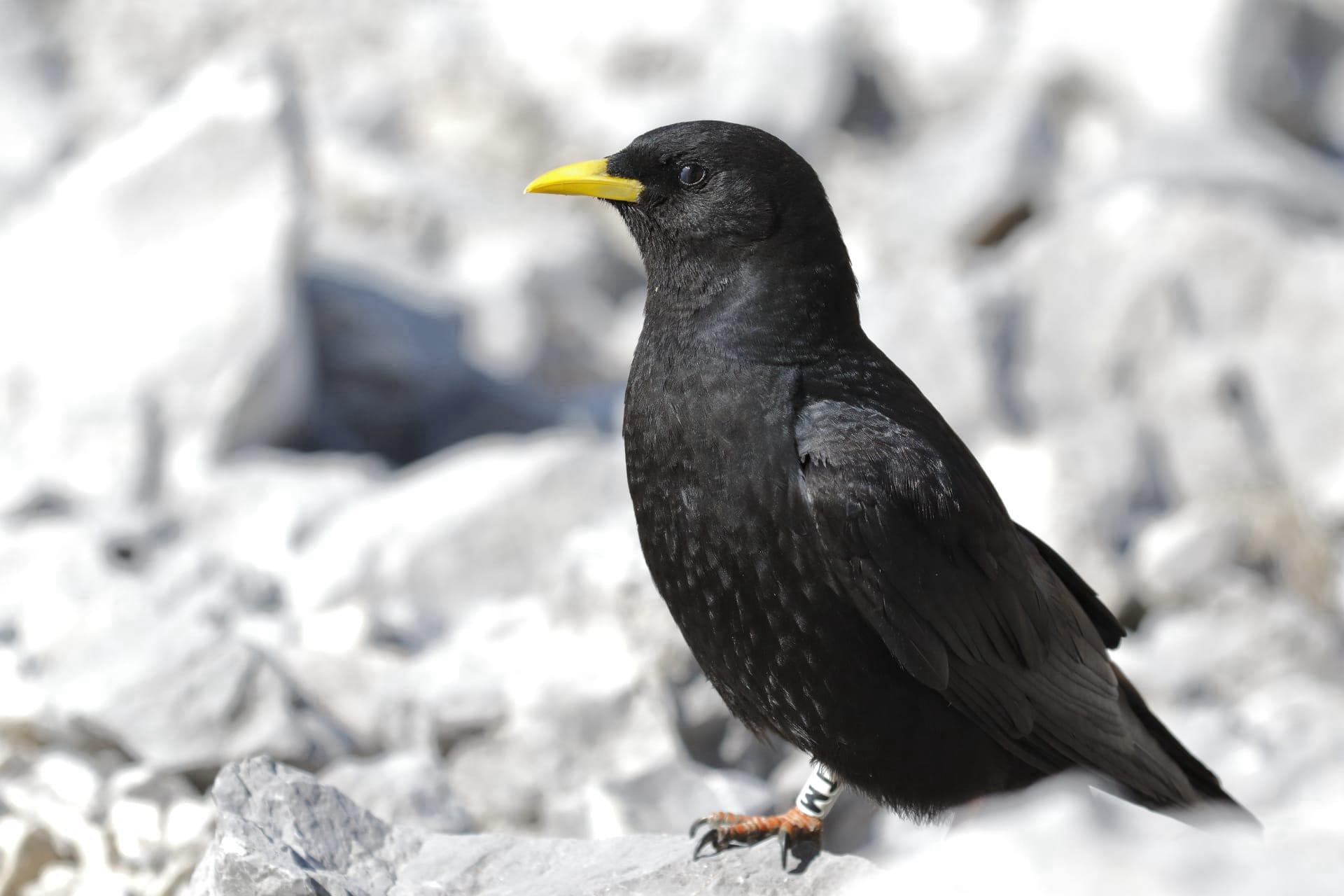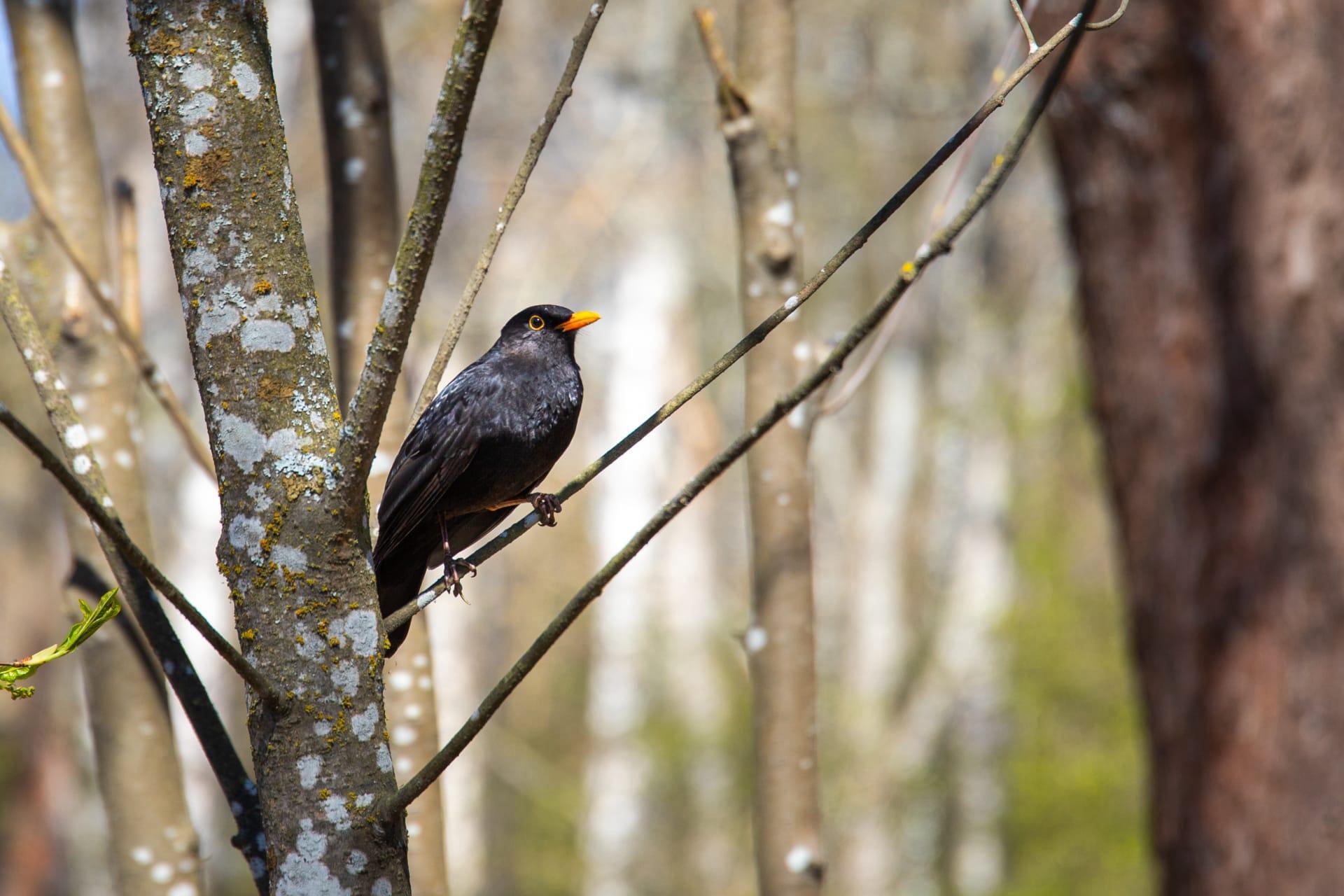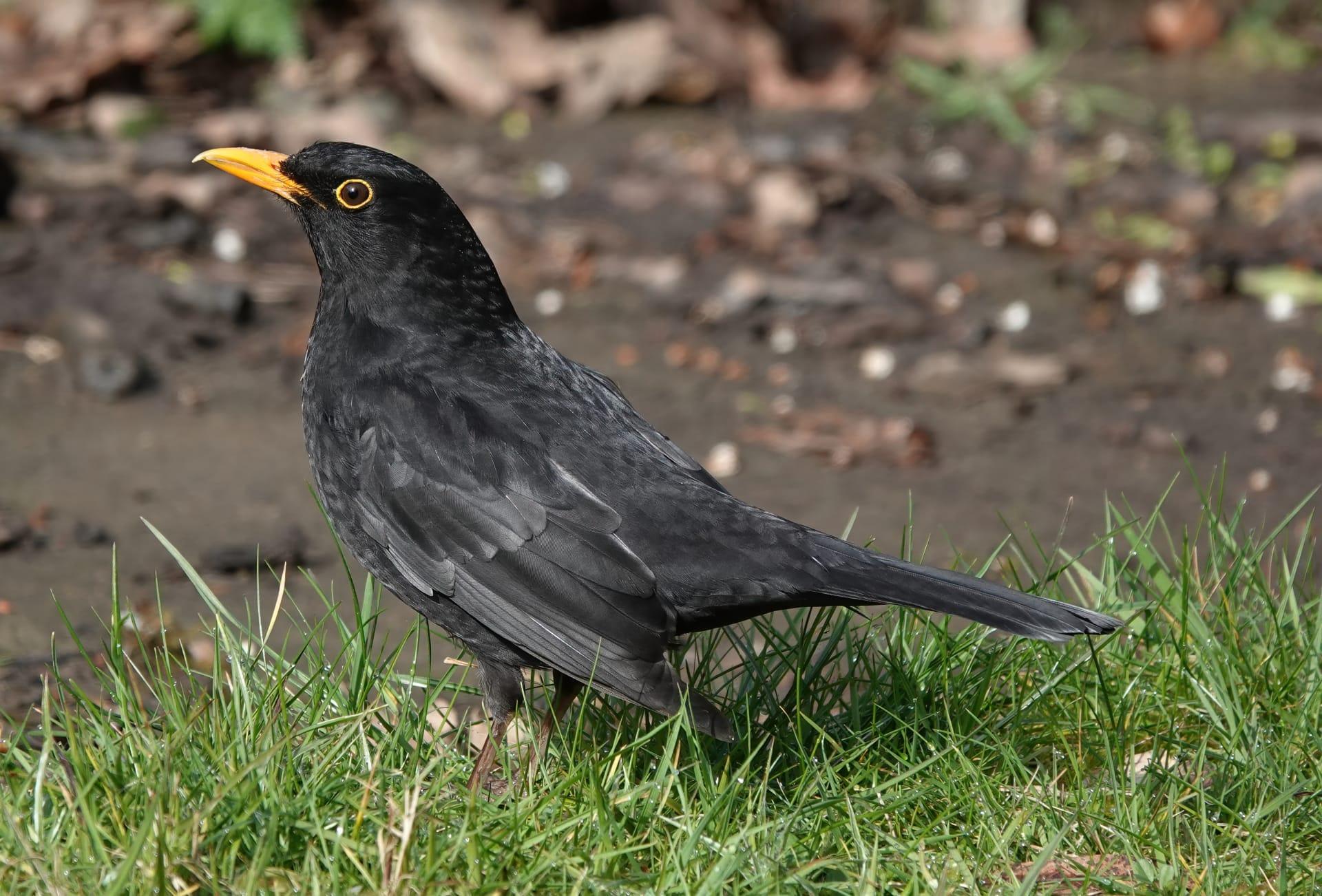Blackbird
- Home /
- Mini Encyclopedia /
- Animal /
- Blackbird
1
Blackbirds, scientifically recognized as part of the Turdus genus in the Thrush family, are a diverse group of passerine birds. This genus comprises approximately 65 species, each uniquely adapted to its habitat. The most commonly known species is the Turdus merula, or the Common Blackbird, distinguished by its all-black plumage in males and brownish feathers in females. This distinct sexual dimorphism is a characteristic feature of the species.
Blackbirds are found across a wide geographical range. The Common Blackbird, for instance, is native to Europe, Asia, and North Africa. It has also been introduced to Australia and New Zealand. These birds thrive in various habitats, including woodlands, gardens, and urban areas. Their adaptability to different environments is remarkable, with some species like the Island Thrush, Turdus poliocephalus, inhabiting tropical regions, from sea level to mountain forests. This broad distribution underlines the blackbird's ecological versatility.

2
Question: Do blackbirds only eat insects?
Answer: A common misconception about blackbirds is that they solely feed on insects. In reality, their diet is quite varied and includes a mix of insects, earthworms, seeds, and fruit. The Common Blackbird, for example, is known to adapt its diet seasonally. During the breeding season, it primarily consumes insects and earthworms, providing high protein to support the growth of its chicks. In contrast, during autumn and winter, its diet shifts to berries and fruit, capitalizing on the seasonal abundance of these resources. This dietary flexibility is a key factor in the blackbird's survival in diverse environments.

3
Blackbirds employ several strategies to thrive in their habitats. One significant strategy is their territorial behavior, especially evident during the breeding season. Male blackbirds are known to fiercely defend their territories against intruders, which ensures a safe nesting area for their mates and offspring. The nest construction is another intriguing aspect of their survival tactics. Blackbirds build cup-shaped nests using grass, twigs, and mud, often strategically placed in bushes or trees to avoid predators.
Furthermore, blackbirds exhibit remarkable adaptability in foraging. They have developed various techniques like probing the soil for earthworms or swiftly catching insects mid-air. These birds also show a notable memory for remembering where food sources are located, an ability that helps them efficiently gather food for themselves and their nestlings during the breeding season.

4
In the ecosystem, blackbirds play a pivotal role in seed dispersal and pest control. By consuming fruits, they help in spreading the seeds of various plants, contributing to the regeneration and spread of plant species. This seed dispersal is crucial for maintaining the diversity and health of ecosystems.
As for pest control, blackbirds feed on a variety of insects, including some that are harmful to crops and gardens. By controlling the insect population, they provide a natural form of pest management. This ecological service is particularly valuable in agricultural areas and gardens, where pest outbreaks can cause significant damage to plants. Thus, the presence of blackbirds in these ecosystems is beneficial for both natural and human-modified environments.

5
Film: "The Secret Life of Blackbirds" is a documentary produced in the United Kingdom in 2018. It offers an intimate look at the life cycle and behaviors of blackbirds. The film captures moments from nest building and mating rituals to the challenges of raising young in a rapidly changing environment. It highlights the adaptability of blackbirds to urban settings and their interactions with humans and other wildlife.
Book: "The World of the Blackbird" by John A. Burton, published in the United Kingdom in 2001, is a comprehensive guide to the blackbird species. Burton, a renowned naturalist, provides detailed insights into their habitat, behavior, and the challenges they face in different environments. The book is richly illustrated, making it accessible to both bird enthusiasts and general readers.
Book: Another notable work is "Blackbirds of the Americas" by James Goodwin, released in the United States in 2005. Goodwin delves into the diverse species of blackbirds found throughout North and South America. The book provides a detailed account of their ecological roles, behavioral patterns, and the conservation issues facing these birds. With its scientific yet accessible approach, the book appeals to researchers and amateur birdwatchers alike.